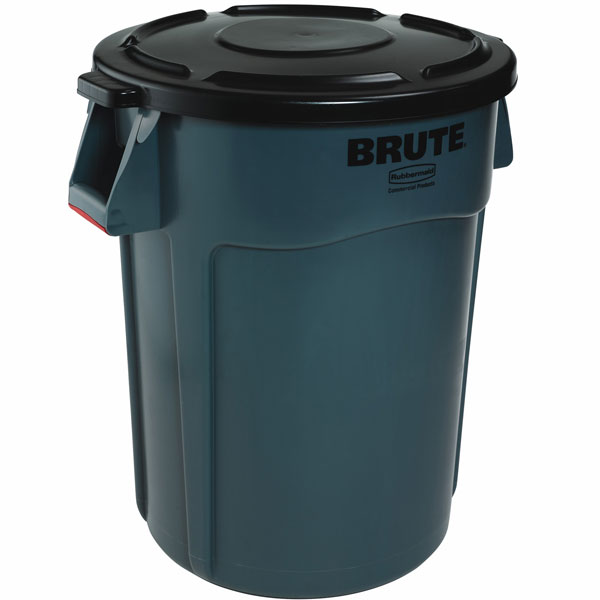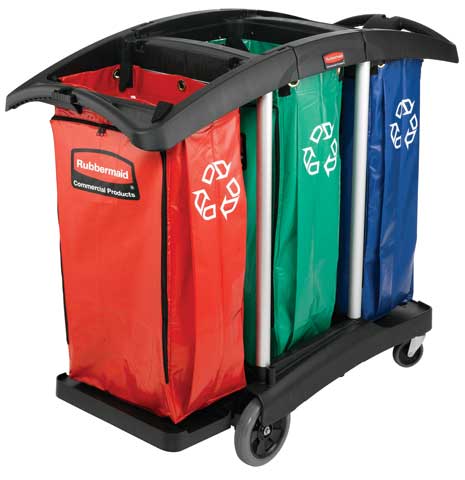Why do we need to Recycle?
The UK produces 38 million tonnes of household, office and school waste per year, too much of this waste is going to landfill. By 2020 the government has set a 50% target of household waste must be recyclable.
“Recycling in the workplace plays a fundamental role in helping to solve our nation waste problem”
- As disposable income in a population increases; so does the purchasing of products. This is creating more waste that ultimately goes to landfill
- Increasing population means that there is more people to create waste
- New packaging and technological products are constantly developed. These products and their packaging are not recyclable
- Lifestyle changes in modern society means that eating habits have changed as well as creating more non-biodegradable waste
- The gasses and chemicals released from landfill sites are dangerous while recycling reduces this pollution to the environment and people
- Habitat destruction is caused by landfill site creation and collecting raw materials. Recycling reduces the need for landfill and raw materials
- Climate change is one of the effects of deforestation. Recycling reduces need for raw materials
- Making new products take a lot of energy; whether that be water or electrical, recycling reduces the need for as much energy
- Landfills take up a lot of space, space an increasing population doesn’t have
- Recycling reduces financial expenditure as it costs less to produces products from recycled materials.
- Recycling will preserve natural resources for future generation.
Analyse Your Needs
Did you know that every employee creates 75kg of paper waste per year?
What are your organisation’s needs: paper, cardboard, plastic cups, cans, bottles or general waste? Or a combination of the above?
Identify contractors that pick up recyclable waste and what they accept.
Set Objectives
Firstly, measure each type of waste and negotiate with contractors who will collect it. Track volume trends and measure against your objectives.
Implementing a Plan
Choosing the appropriate products can be tricky at first but once you have determined what is recyclable in your area and which waste products you produce. It’s easier to determine what containers you need. Identify the key areas of your workplace that would be most effective in recycling collection and put up the adequate signage. If employees don’t know it’s a recycling point they won’t use it.
Solutions for Offices
Desk-side Recycling
Soft wastebasket coupled with a saddle bin provides efficient waste disposal which will not rust, chip or peel due to its sturdy construction and durability. The saddle bin positioned on sides of the soft wastebasket is handy for separating waste and can be used indoors or outdoors.
Slim Jim Containers
Slim Jim containers come in two variations with or without venting channels. They also are available in two capacities: 60 or 87L. Venting channels help to ergonomically empty the containers by reducing the effort needing to pull liners out by up to 50%. With added moulded base grips also gives more control when emptying the bins. Slim Jim configurations are extremely customisable to your needs by colour and lid type.
These solutions are ideal for paper, bottles, cans and general waste.
Solutions for Offices
Cup and Stack Lid
Dedicated to plastic cup collection this cleverly designed lid separately collects cups, spoons and liquid waste. With a 750 cup capacity this solution is best situated next to a vending machine with its slim design it will fit in almost every space. The high capacity reservoir catches leftover waste liquid via funnel top, however the lid only fits the 87L Slim Jim.
Solutions for Exterior
Atrium
Atrium Aluminium exterior waste bins are a stylish option to suit most workplaces and public spaces. The high quality satin finish helps to eliminate lines and blemishes and will retain its good appearance due to it’s heavy gauge aluminium construction which is corrosion resistance.

Solutions for the Warehouse
BRUTES
The heavy duty container that resists dents, rust and chips that aids in sorting huge volumes of waste. Various colours and many lids means that total recycling configurations are available to suit almost any organisations needs.
Now large BRUTE container (208L) is available with venting channels for 50% easier lifting. The venting channels create an airflow instead of a vacuum which reduces the force needed to lift liners out of the container. This will reduce the risk of injury and increase productivity.
This solution is ideal for glass, bottles, cans, general waste and plastic cups.
Solutions for Waste Collection
Triple Recycling Cart
This cart carries 3 high capacity vinyl bags, enables multi-stream sorting. Each bag holds up to 128.7L which reduces the need to keep emptying liners and increasing productivity. Each PVC lined bag is leak-proof as well as a zippered front access making waste removal easier.
The triple capacity cart can be fully customised to suit your organisations specific needs. Choose from a wide variety of high capacity bags, storage options and accessories to be very flexible for your needs.
Mega Brute
The larger mobile capacity cart (450L) that gives you higher productivity. With easy manoeuvrability due to turning on its own axis ensuring fit in tight environments. Featuring a 200L metal poly-liner retainer and usable 87L Slim Jims. Optional lid fully covers waste and supplies in addition to this there are two outward opening doors allow access to contents and easier content removal.
Training
Once your recycling programme is set up you need to start telling your employees about it, clearly communicate your programme. Inform employees by putting up signs and stickers at recycling points. Creating awareness across the site will aid greatly in the effectiveness of the programme. Cleaning and care taking staff need to be fully engaged in the programme.
From planning to training Rubbermaid Direct2U can aid you in implementing your new recycling programme. Every step of the guide is an important one: planning, implementing and training and then once your programme is running monitoring. Then evolve your plan if one section isn’t working for your organisation.
Blog post updated on 12th April 2017









Pingback: Managing Recycling Waste Streams - Rubbermaid Direct2U Blog